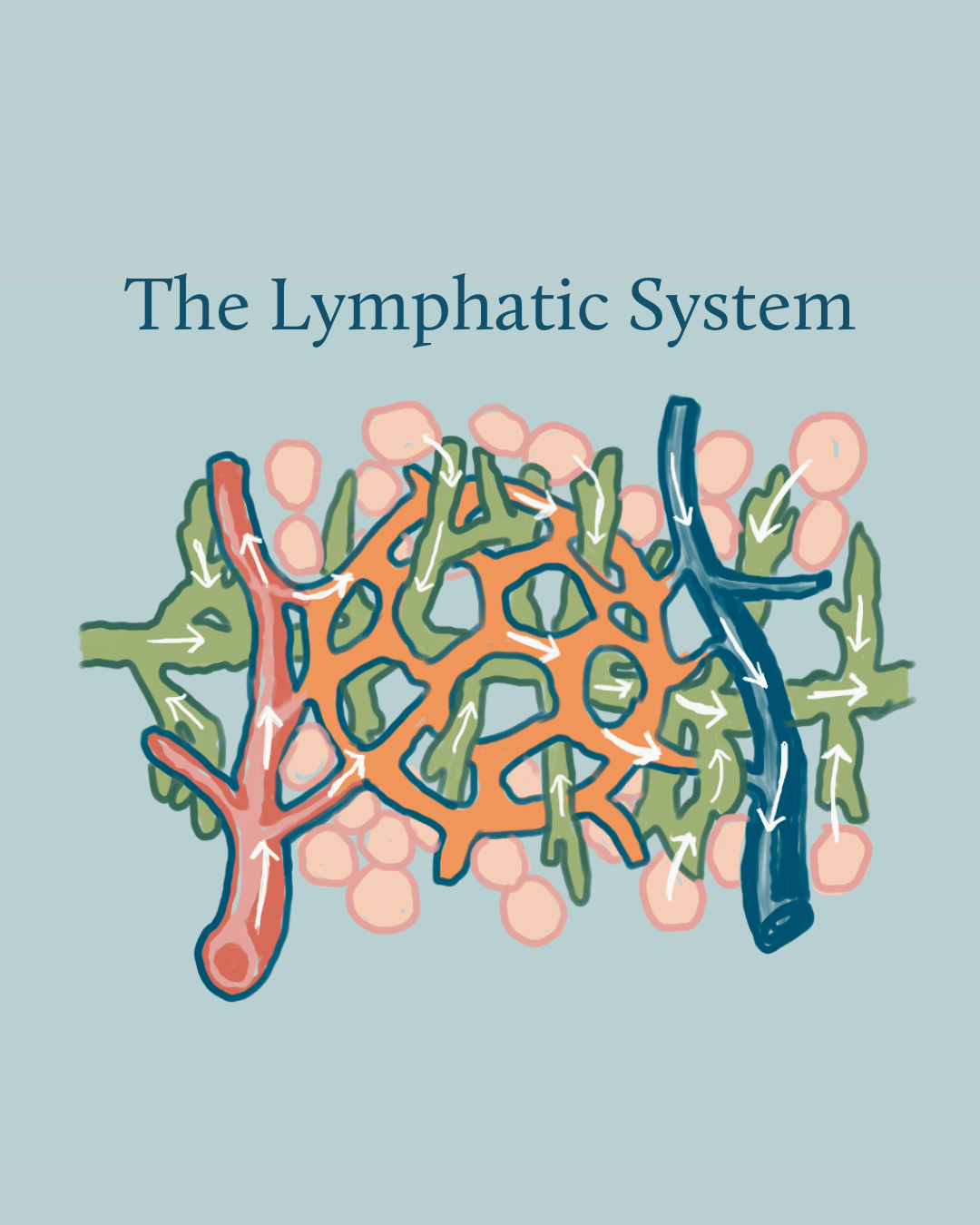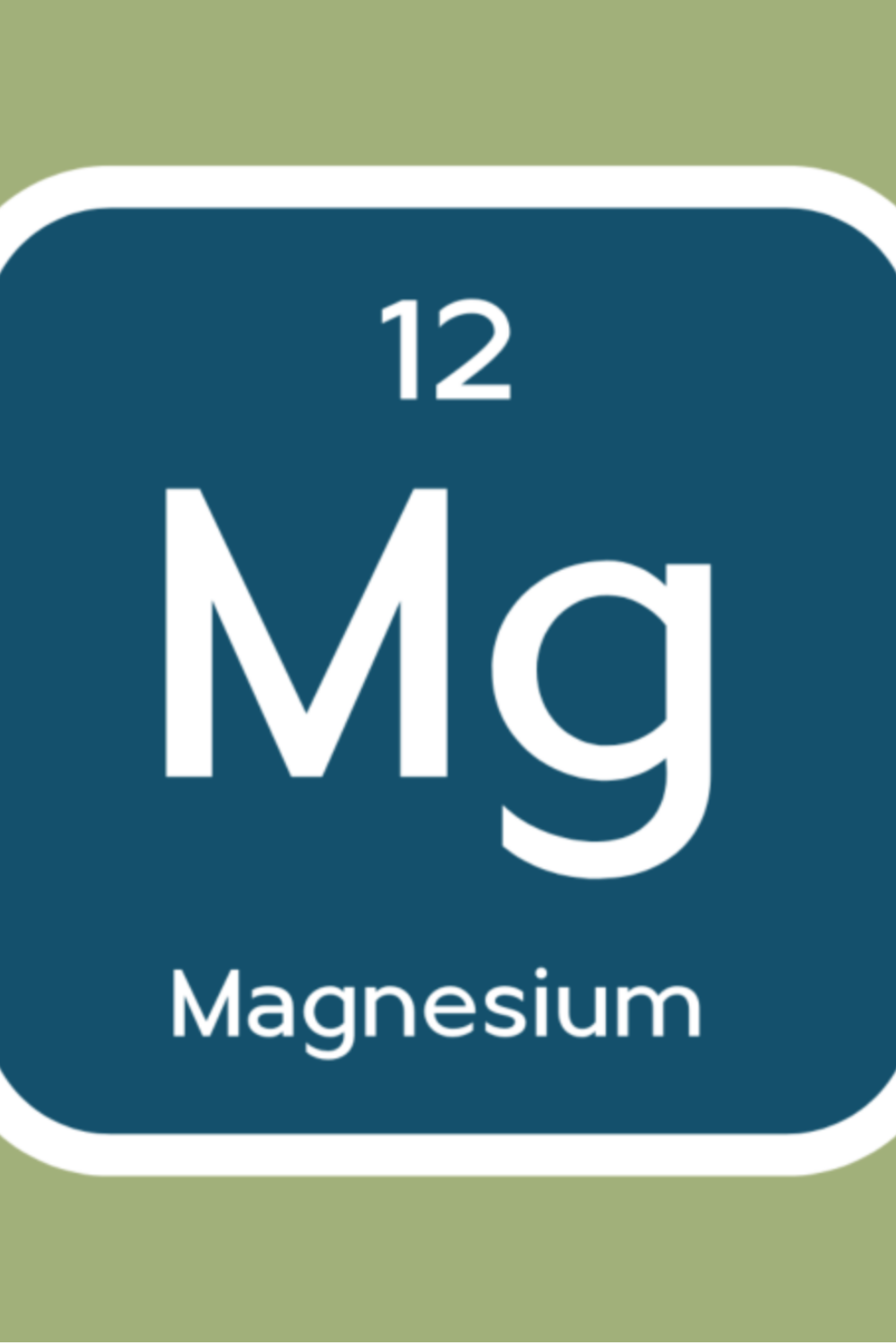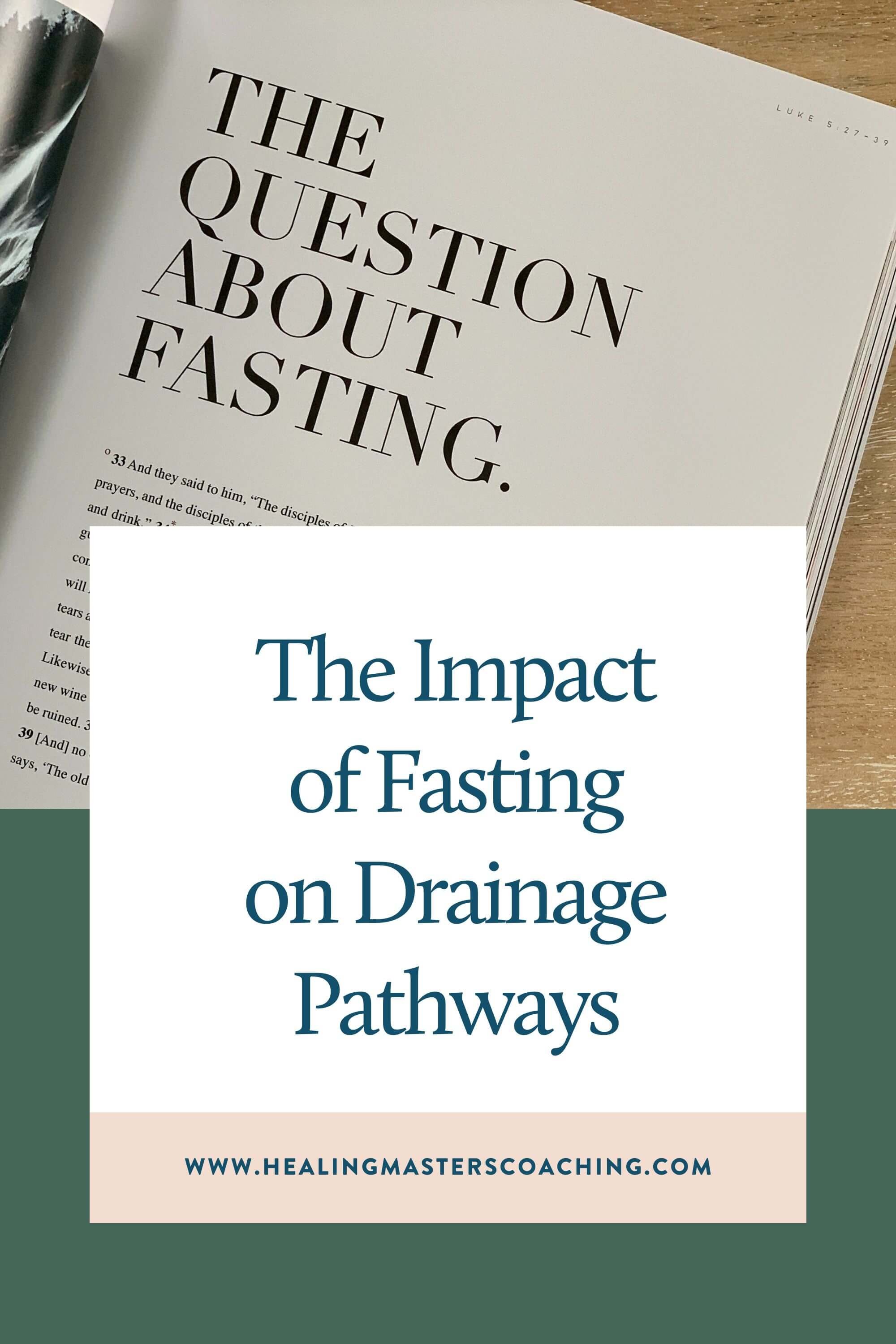The Limbic System's Impact on Mast Cells
When we discuss optimal health, it's important to remember that the mind and body are not two separate entities, but are deeply intertwined. Our emotions, memories, traumas, and reactions play a critical role in our overall wellbeing. This interconnectedness is especially true for the relationship between our limbic system and mast cells. In fact, limbic system dysfunction is one of the common root causes behind most cases of Mast Cell Activation Syndrome (MCAS). It is also a possibility for anyone who experiences gut health challenges, fatigue, allergies, brain fog, and feelings of anxiousness.
By recognizing the connection between trauma, limbic system cross-wiring, and MCAS, we start to have an even deeper appreciation of the profound interplay between emotional and physical health. This understanding highlights the need for a holistic approach to wellness that addresses not just the physical symptoms, but also the emotional and neurological roots. In this blog, we’ll explore how our emotional brain and psychological triggers can influence your physical reactions.
A Closer Look at the Limbic System
The limbic system is a complex set of structures located in the brain, playing a critical role in emotion, behavior, motivation, long-term memory, and olfaction (detection of scent/sense of smell). Ever wondered why certain smells or sounds can instantly transport you to a past memory or evoke a strong emotional response? That's your limbic system in action. Dysfunction in the limbic system can lead to a variety of disorders, including anxiety disorders, mood disorders, and cognitive disorders. Here's a brief overview of the entire system.
Main Components of the Limbic System:
Collectively, these regulate various processes that we might not even be aware of on a conscious level:
Hippocampus: Central to memory formation and retrieval. Damage to the hippocampus can lead to difficulty forming new memories.
Amygdala: Involved in processing emotions, especially fear and pleasure. It helps determine what memories are stored and where they're stored in the brain. It's essential for determining which memories can be stored in the long term memory based on the emotional response they trigger.
Thalamus: Serves as a relay station for most sensory information that comes into the brain. It directs the sensory information to the cortex.
Hypothalamus: Regulates a variety of bodily functions including hunger, thirst, body temperature, and sexual activity. It also plays a role in controlling mood, releasing hormones, and daily cycles or rhythms.
Cingulate Gyrus: Involved in processing emotions and behavior regulation. It also plays a role in regulating autonomic motor functions.
Basal Ganglia (sometimes considered part of the limbic system): A group of nuclei that control movement and are also associated with a variety of other cognitive processes.
Functions of the Limbic System:
Emotions: The limbic system processes and triggers emotional responses.
Memory: Especially in the formation and retrieval of long-term memories.
Arousal: It plays a role in what keeps you alert and awake and what lets you calm down and sleep.
Olfaction: The sense of smell.
Behavior: It has a major role in controlling behavior, especially behaviors related to survival such as feeding, reproduction, and caring for the young.
Stress Response: The limbic system is pivotal in our body's response to stress. When faced with emotional stress, the amygdala (a part of the limbic system) signals the release of stress hormones. Chronic activation due to prolonged stress or trauma can lead to a host of health challenges, one of which involves the mast cells.
Limbic System Dysfunction
While the limbic system plays a crucial role in our emotional well-being and memory formation, like any other system in our body, it can develop dysfunction. Limbic system dysfunction, sometimes referred to as "limbic system impairment" or "trauma loops," can develop due to a range of factors.
Causes of Dysfunction: The onset can be due to traumatic brain injuries, chronic exposure to environmental toxins (like mold or chemicals), prolonged emotional or psychological stress, certain infections that affect the brain, or even genetic predispositions.
Signs and Symptoms: Limbic system dysfunction can manifest in a variety of ways. Some of the common signs include:
Mood disturbances: This might involve symptoms of depression, anxiety, or rapid mood swings.
Memory challenges: An individual might face difficulties with recall or experience short-term memory lapses.
Sleep disturbances: This could range from insomnia to hypersomnia (excessive sleeping).
Sensory sensitivities: Increased sensitivity to light, sound, or certain smells.
Cognitive impairments: Challenges in concentrating or focusing, often termed as "brain fog."
Physical symptoms: These could involve headaches, fatigue, or even episodes of dizziness.
Limbic System Dysfunction and Cross-Wiring with Trauma
Traumatic events can cause lasting changes in the limbic system, particularly in the way it processes emotions and memories. This is sometimes referred to as "cross-wiring." Essentially, the brain can form strong links between the traumatic memory and certain stimuli (like a scent, sound, or visual cue). Even after the trauma has passed, these stimuli can trigger intense emotional responses, as the brain erroneously perceives them as being related to the original traumatic event. Your mind is priming your body for a response, anticipating familiar threats.
Connection to Mast Cell Activation Syndrome (MCAS):
The continuous state of heightened alertness and stress from trauma-induced limbic system cross-wiring can overstimulate the immune system. Mast cells, being part of the immune response, can become hyper-reactive. Over time, this constant state of alert in both the limbic system and the immune response can lead to the development and worsening of Mast Cell Activation Syndrome (MCAS). MCAS reactions may be triggered by certain foods, smells, or even emotional stress—showcasing the intricate link between our emotional brain (affected by trauma) and our immune responses. It’s sort of like having Post Traumatic Stress Disorder (PTSD) manifest into the immune system. Download our Free Guide to Understanding Mast Cell Activation Syndrome (MCAS) to learn more.
Mast Cells: Connecting Immune and Nervous Systems
Mast cells are unique because they respond to both immune (like allergens) and nervous system stimuli (like stress). This positions them as connectors between the immune and nervous systems. For example, stress may cause the brain to activate mast cells, releasing chemicals that influence brain activity and possibly leading to anxiety or brain fog. Recognizing this interplay suggests some neurological conditions may also have immune implications, underlining the importance of a holistic treatment approach.
Mast Cells and Immunity
Mast cells, a kind of white blood cell, are present in areas exposed to the external environment, such as the skin and lungs, but also within our brain, joints, and connective tissues. They're crucial first responders in the immune system. When they encounter stimuli, they release granules filled with mediators. These mediators can cause immediate allergic reactions, such as sneezing or hives, and also influence longer-term immune reactions, like inflammation seen in conditions like asthma.
Key Mediators from Mast Cells:
Histamine: Causes symptoms like itching and swelling, common in allergic reactions.
Proteases: Help in tissue repair post-injury.
Cytokines: Modulate the immune system's cell balance, promoting inflammation.
Chemokines: Guide the movement of immune cells.
Eicosanoids: Lipid molecules promoting inflammation. For instance, leukotrienes can cause asthma symptoms.
Heparin: An anticoagulant ensuring blood flow to inflamed regions.
Mast Cells and the Nervous System
Mast cells are plentiful in the brain, particularly near areas linked to stress and emotion, like the hypothalamus. They can release substances affecting neural activity and mood. Stress hormones can activate these mast cells, emphasizing their role in the nervous system and potential contribution to mood disorders or cognitive problems.
The Limbic System and Mast Cells
There is a definite link between our emotional center—the limbic system—and mast cells, key players in our immune response.
The Stress Connection:
Our limbic system, with its key components like the amygdala and hippocampus, is our emotional processing hub. When it's continually triggered by emotional distress or lingering traumatic memories, a cascade effect ripples throughout the body.
Over prolonged periods, this emotional unrest can lead to the release of stress molecules like cortisol. Elevated levels of these molecules can alarm mast cells into action, causing them to discharge a plethora of inflammatory mediators. Histamines, a key mediator released from mast cells, can lead to symptoms that many might not immediately link to stress and might assume is from an environmental trigger instead. Could your skin reactions and respiratory issues be triggered by stress?
The Gut-Brain Axis:
Have you ever experienced that gut-wrenching feeling during moments of intense anxiety? That's the gut-brain axis in action. This profound, two-way communication between our brain and gut is modulated, in part, by our limbic system.
When the limbic system is agitated, it can send signals that cause turmoil in our digestive system. Now, consider the role of mast cells, abundantly found in the gut lining. An agitated limbic system can cause these cells to release inflammatory agents, leading to symptoms like bloating, discomfort, or even altered bowel patterns.
Deciphering the Physical Symptoms of Emotional Distress:
Mast cells, in their sentinel role, bridge our emotional experiences with tangible physical reactions. Through the mediation of the limbic system, emotional triggers can stimulate these cells to produce diverse reactions, from skin flare-ups to cognitive impacts like brain fog.
This pivotal connection underscores a pressing need: viewing health holistically. It's a gentle reminder that our emotional health can have tangible physical consequences and vice versa. Addressing only one dimension might not yield the comprehensive relief many seek. This is why our approach to wellness is centered on mind-body and focuses so much on emotional wellness, as a foundation for deeper healing.
Conclusion
In summary, the way our limbic system and mast cells interact paints a clear picture of how our emotional wellbeing can directly influence physical health. The interplay between these systems, while complex, highlights the necessity for a holistic approach to health – one that harmoniously integrates mind, body, and spirit. By nurturing all facets of our being, we set the stage for true and lasting wellness. This is why we take a dual approach to MCAS, focusing on both emotional and physical well-being, to ensure each of our clients receives a more comprehensive and effective health strategy.
Overcome Your Chronic Symptoms & Heal Holistically
Are you looking to get to the root cause of your symptoms? We can help you.
We use holistic approaches and functional medicine lab testing to investigate what is triggering your chronic symptoms so you can address them at their source and start to feel better faster. Our health coaches are masters at guiding the healing of multiple root causes in a personalized order that gets you wellness results that last. We also help you maintain good health and minimize your disease risks.
by sarah southerton
Certified Integrative Health Practitioner (IHP2) & Functional Medicine Health Coach
I specialize in helping people heal chronic illnesses and achieve optimal health. After my own battle with Ehlers Danlos Syndrome (EDS), Lyme disease, Mast Cell Activation Syndrome (MCAS) and Post Orthostatic Tachycardia Syndrome (POTS), I was thrust into the world of alternative medicine, herbal healing, and low-tox/low-stress living. I have since restored my health and no longer suffer with debilitating symptoms and I’m passionate about help other people who are suffering, so they can feel better a lot faster than I did.
Disclaimer: The information on this website is for general information purposes only. Nothing on this site should be taken as healthcare advice for any individual case or situation. This information is not intended to create, and receipt or viewing does not constitute, an healthcare professional-patient relationship. We do our best to keep information accurate and up to date, however mistakes do happen, and we cannot make guarantees regarding the accuracy of our information. We are not liable for any information on this website or your reliance upon it.
































